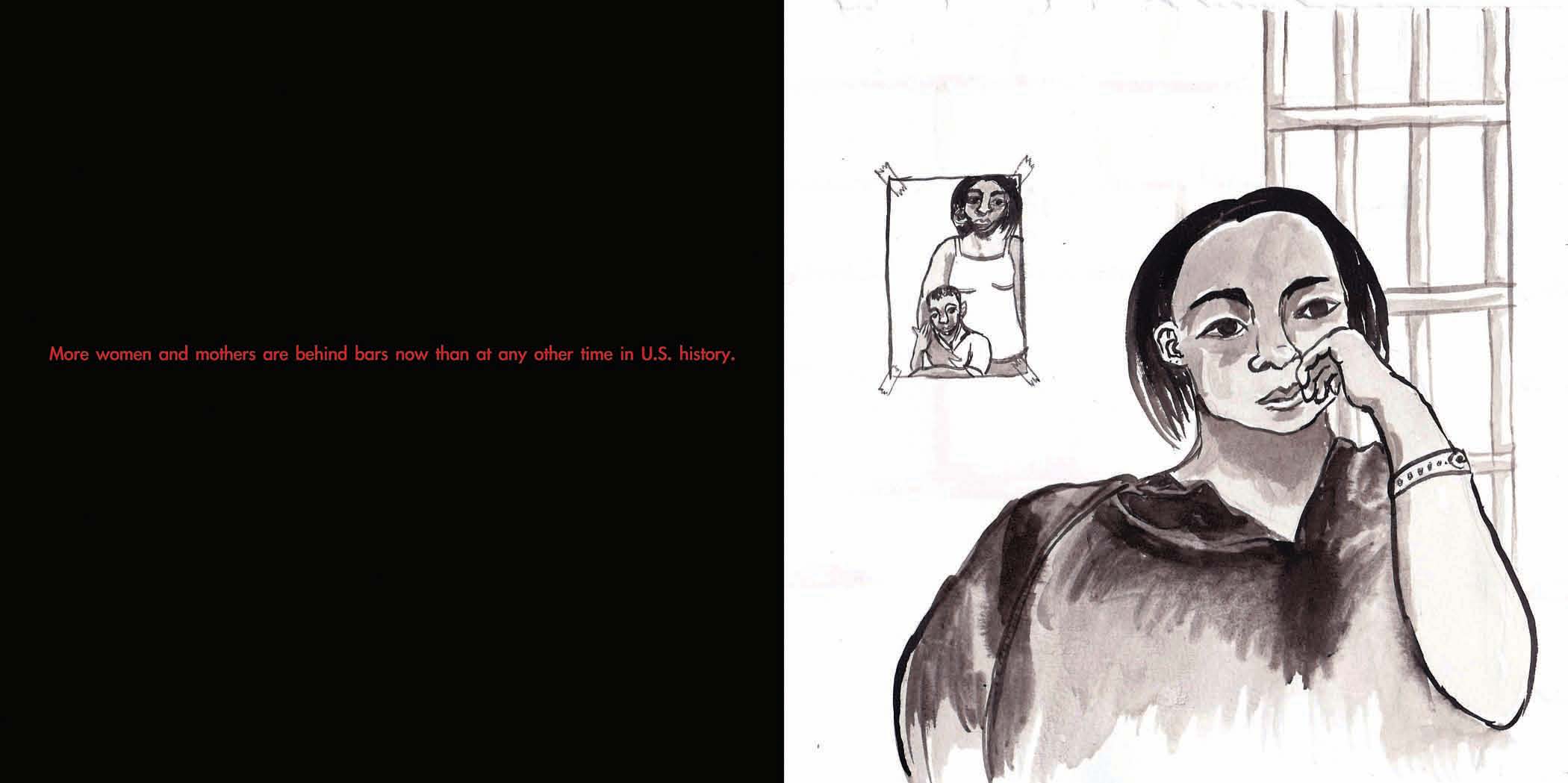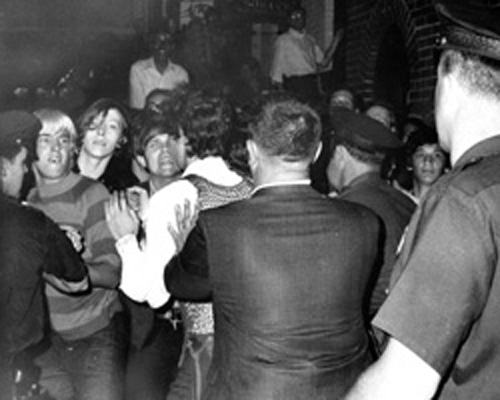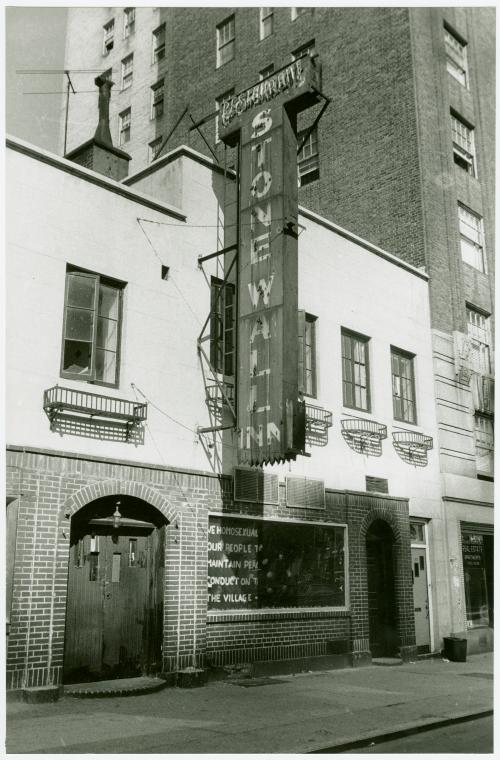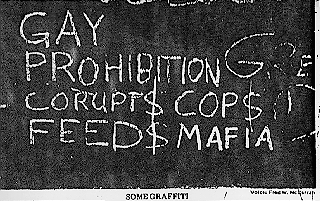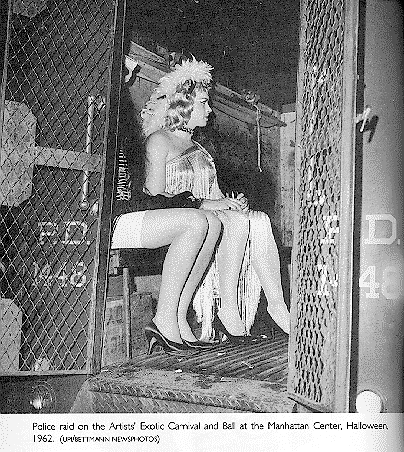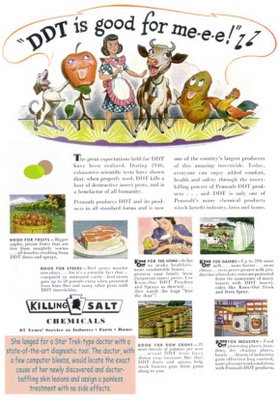I recently argued that the blog, Born This Way, falsely suggested may give the impression that dressing or acting in ways consistent with the other sex when you are a child is a True Sign that you are gay. This is obviously not the case, as almost all of us can find a photo from our childhood in which we’re breaking gender norms; it also conflates gender performance and sexual orientation (leaving out “lipstick lesbians” and “butch” gay men) and it locks the GLBTQ movement into a biological argument for acceptance, an argument I believe is short-sighted.
The idea that wearing a dress or seeming girly is a sign that one is gay is also completely ahistorical. If wearing a dress as a child means boys are gay, then there should have been essentially no straight men for much of American history. Until the 1920s, infants and small children, whether male or female, were dressed and looked alike, often in long hair and dresses (source: Jo Paoletti). Behold, American President Franklin D. Roosevelt (1882–1945):
Roosevelt may or may not have been gay then, but this outfit and hairdo certainly cannot be read to suggest that he was, at least not anymore than it can for young people and adults today.
Idea and photo borrowed from Family Inequality.
Lisa Wade, PhD is an Associate Professor at Tulane University. She is the author of American Hookup, a book about college sexual culture; a textbook about gender; and a forthcoming introductory text: Terrible Magnificent Sociology. You can follow her on Twitter and Instagram.



